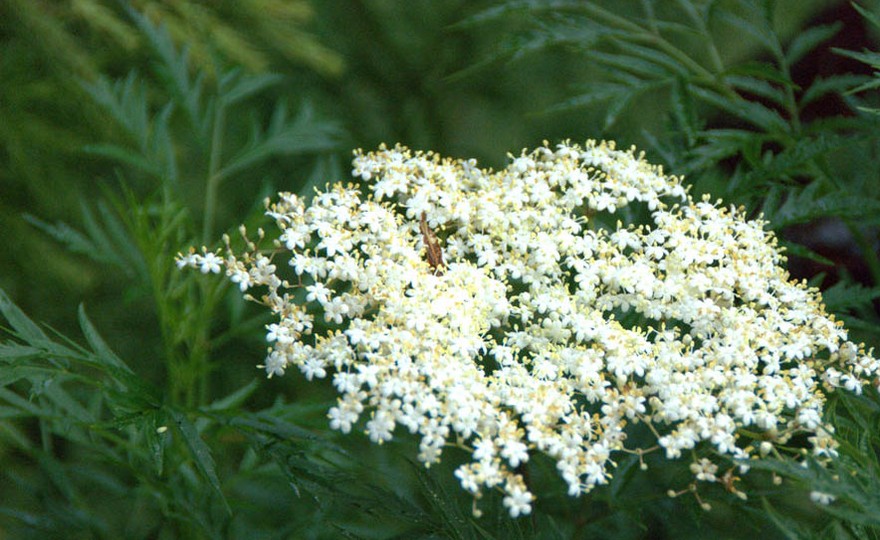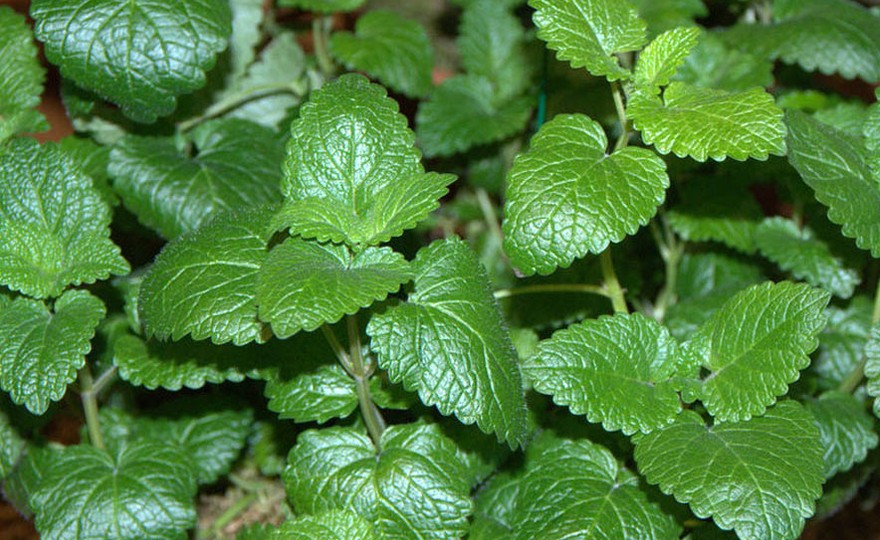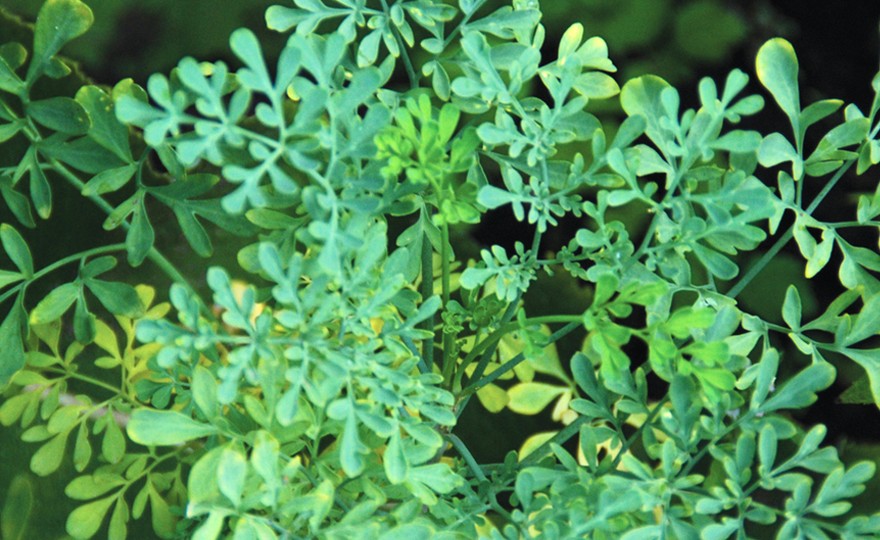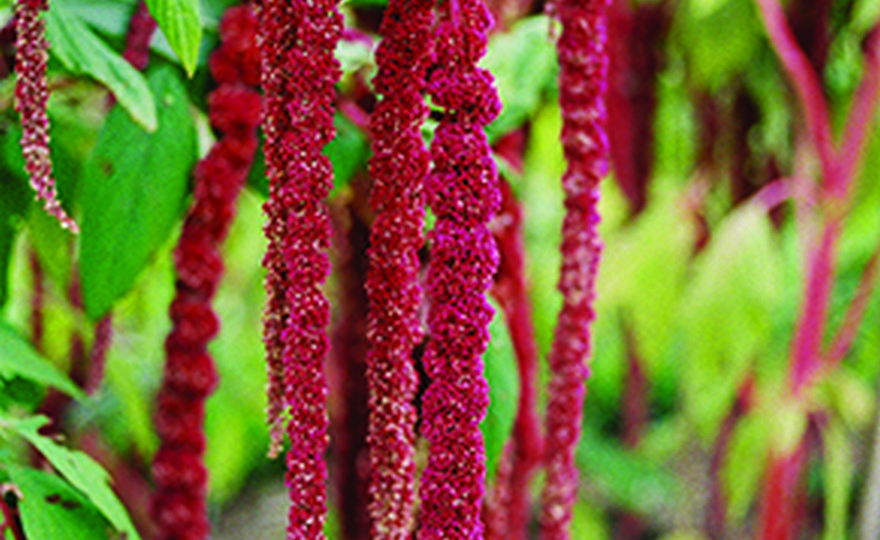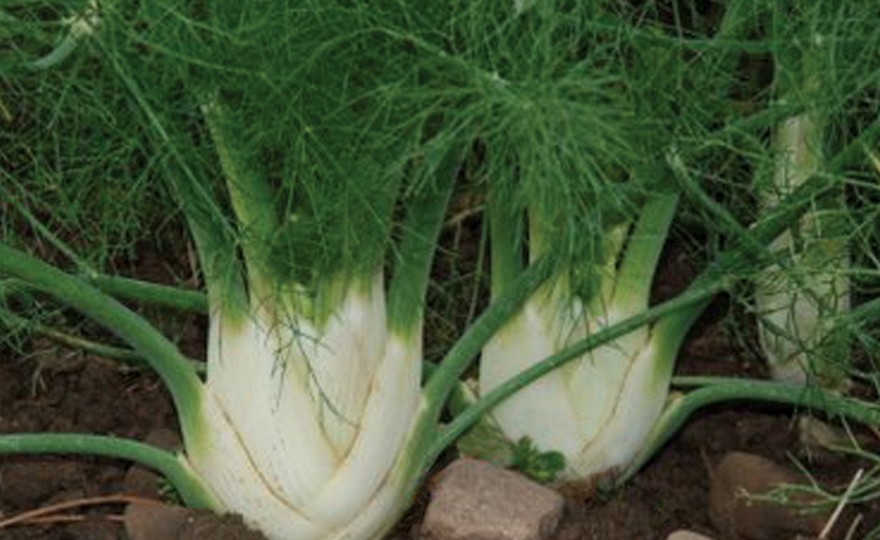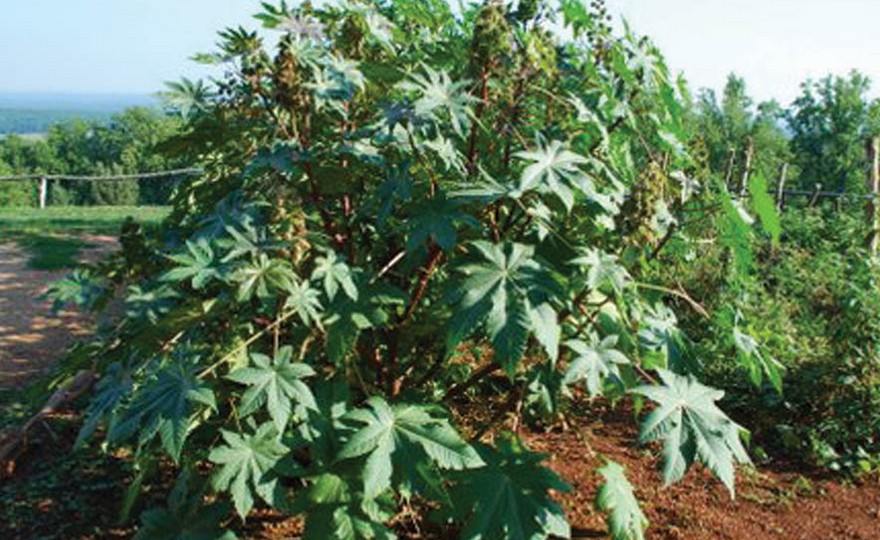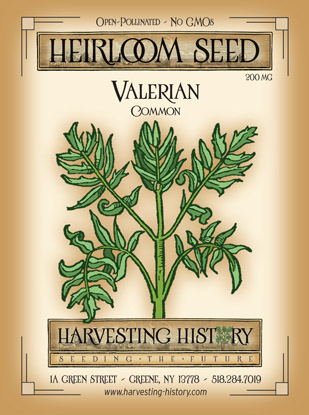
Herb, Valerian-Common
-
- **SOLD OUT** HOLIDAY GIFTS **SOLD OUT**
- **SOLD OUT** Holiday Books **SOLD OUT**
- **SOLD OUT** Holiday Citrus **SOLD OUT**
- **SOLD OUT** Holiday Gift Certificates **SOLD OUT**
- **SOLD OUT** Holiday Paperwhites **SOLD OUT**
- **SOLD OUT** Holiday Praying Mantis Kits **SOLD OUT**
- **SOLD OUT** Holiday Tools **SOLD OUT**
- **SOLD OUT** Holiday Wildflower Mixtures **SOLD OUT**
- Citrus Trees
- **SOLD OUT** - Vegetable and Herb Plants - Mix & Match any 6 Plants for $50 - Only Shipped in Quantities of 6
- Elephant Ear Plants & Roots
- **SOLD OUT** 4-Inch Pot Herb Plants **SOLD OUT**
- Rare Plants
- **SOLD OUT** Vining Plants **SOLD OUT**
- Asian Seeds
- Beneficial Bugs
- Books
- Citrus Fertilizers
- Cold-Treated Bulbs - SEE BULBS FOR FALL PLANTING TO ORDER
- Cold-Treated Allium
- Cold-Treated Chionodoxa
- Cold-Treated Crocus
- Cold-Treated Hyacinthoides
- Cold-Treated Hyacinthus Orientalis
- Cold-Treated Narcissus
- Cold-Treated Cyclamineus Narcissus
- Cold-Treated Double Heirloom Narcissus
- Cold-Treated Jonquilla Narcissus
- Cold-Treated Large Cupped Narcissus
- Cold-Treated Poeticus Narcissus
- Cold-Treated Small Cupped Narcissus
- Cold-Treated Species Miniature Narcissus
- Cold-Treated Split Cupped Narcissus
- Cold-Treated Tazetta Narcissus
- Cold-Treated Triandus Narcissus
- Cold-Treated Trumpet Daffodils
- Cold-Treated Ornithogalum
- Cold-Treated Rock Garden Iris
- Cold-Treated Scilla
- Cold-Treated Tulips
- Cold-Treated Emperor Tulips
- Cold-Treated Fringed Tulips
- Cold-Treated Green or Viridiflora Tulips
- Cold-Treated Lily Flowering Tulips
- Cold-Treated Parrot Tulips
- Cold-Treated Peony Flowering Tulips
- Cold-Treated Single Early Tulips
- Cold-Treated Single Late Tulips
- Cold-Treated Species Tulips
- Cold-Treated Triumph Tulips
- Flower Bulbs, Corms and Tubers
- Bulbs for Spring Planting
- Bulbs for Fall Planting - ALL BULBS AVAILABLE ARE COLD TREATED FOR PLANTING AS SOON AS SOIL CAN BE WORKED
- Fall Blooming Bulbs
- Garden Tools & Equipment
- Gift Certificates
- HHH Exclusive Wildflower Mixtures
- Wildflower Mixtures
- Heirloom Garlic
- Potatoes
- Roots & Sets
- Seeds
- Flowers
- Herbs
- Vegetables
- **SOLD OUT** HOLIDAY GIFTS **SOLD OUT**
-
- No products to compare
-
75 in stock
Quick Overview
HERB, Valerian-Common –
Valeriana officinalis
FULL SUN Native to Europe and Asia, Valerian has been cultivated for thousands of years, because it is a potent, natural tranquilizer. Valerian is also extremely attractive to cats, as attractive as catnip, and to rats where it has been used to trap rats for centuries. It was brought to the US by the early colonists in the 1600s. Common Valerian is a large, 3-5 ft.plant that has been popular as an ornamental in cottage gardens since the 1800s.
Valerian grows on the damp banks of creeks and streams or in high, dry spaces up to 6600 ft. To grow in a garden, turn the soil to a depth of 8 in. and soak, plant the seeds and cover with 1/8 in soil. Keep the soil constantly moist. Seeds have a low germination, but will germinate in 14-21 days. Seedlings should be separated by 24-30 in.
Valerian can also be started indoors about 6 weeks before the last frost date. Transplant outside when the danger of frost has passed and the soil has warmed to a depth of 6 in.. Plant 24-30 in apart in rows 30 in. apart.
| Type | Spacing | Planting Depth | Days to Germination | Maturity |
| Perennial | 24-30 in. | 1/2 in. | 14-21 | 90-120 |

Herb, Valerian-Common
Valerian is a little known herb in the US in today’s world, but it was a very significant medicinal herb centuries ago and is still widely marketed in Europe. There are two plants which carry the name of Valerian – the common Valerian (Valeriana officinalis) and Red Valerian (Centranthus ruber). They are not related. Common Valerian is the herb. Red Valerian is grown purely as an ornamental. Both are perennials.
Common Valerian has been cultivated and prized for thousands of years because it is a safe and efficacious tranquilizer. Various, rigorous scientific studies have shown that the chemicals in Common Valerian, valepotriates, act as tranquilizers in small animals and humans. Valepotriates produce fewer side effects than diazepam, the drug used in Valium, and they can be taken with alcohol without the synergistic effect, including depression. It is believed that Valerian works by affecting the central nervous system, thus it is more a psychological drug than a physiological oone.
Valerian is often grown today purely as an ornamental. In the 1800s, it became a very popular cottage garden flower. As a companion plant, it has been known to flourish with both Calendula and Echinacea Purple Coneflower.

